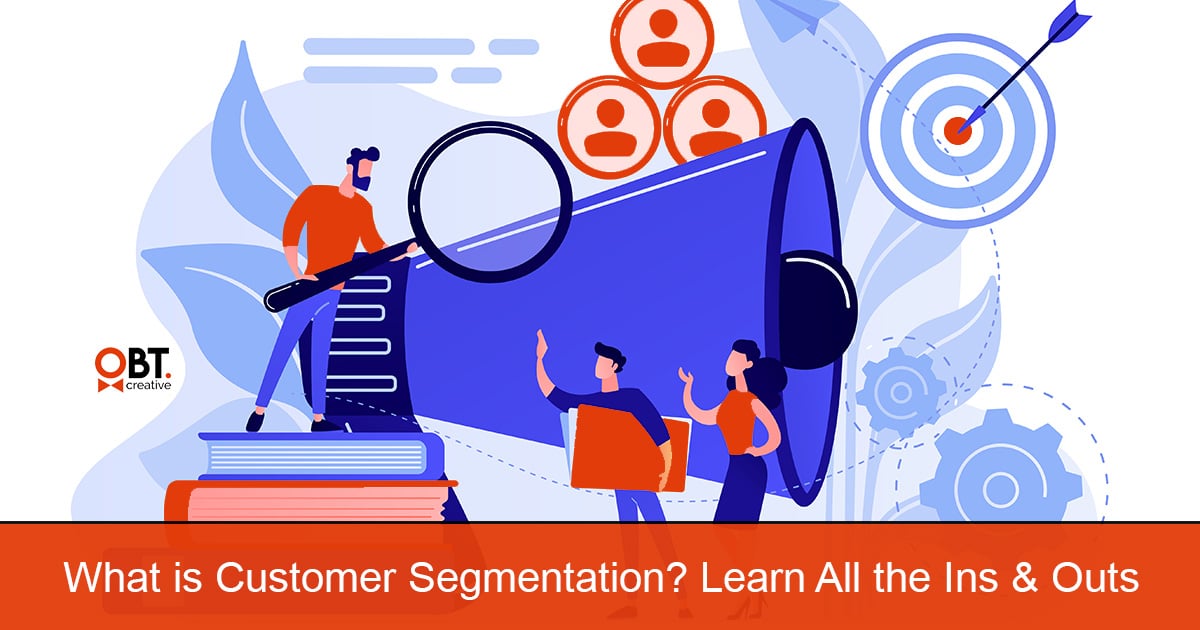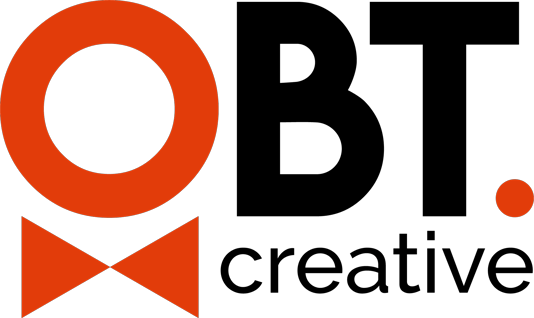– Des MacHale
Think of the different groups of people in your life.
This includes your different circles of friends, your family, coworkers. It could be anybody out there you have interacted with.
And now, answer this:
“Do you interact with each of these groups the same way?”
Probably not!
You may not interact with your family the same way you do with your friends.
Also, you’ll have different expectations from each one of these groups.
And the same is the case with your prospects and customers.
Not all your customers belong to the same group.
Maybe, they belong to different age groups or geographical areas. Different groups may have different pain points or expectations from your business.
And if you truly want to create and maintain healthy relationships with all your customers, you need to understand their unique needs and preferred mode of communication.
Otherwise, you’ll be just another one of those businesses that they hate hearing from.
And that’s where “Customer Segmentation” comes in.
This blog post explains what Customer Segmentation is all about. Also, we’ll look at the different customer segmentation models.
Let’s dive in.
What is Customer Segmentation?
Customer segmentation is the process of dividing your audience into different groups. Here, you’ll be dividing your customers based on some common characteristics or habits like
- Interests
- Personality
- Industry
- Demographic
- Income
- Behavior
- And so much more!
B2B marketing involves segmenting customers based on factors like:
- Number of employees
- Industry
- Purchase behavior
- Location
- And more!
Whereas B2C marketing involves customers segmentation based on:
- Gender
- Age
- Location
- Marital Status
- Life Stage
- And more!
Let’s say you run an E-Commerce store delivering top-notch products across the globe. So, if you are running a sale for people based in the US, you probably wouldn’t want the promotional email to everyone. What if you are rolling out the same promotional email to people based in Sweden?
Customer segmentation helps businesses organize and manage their relationships with their customers. This allows them to personalize their marketing, sales, and service efforts efficiently.
Moreover, it allows you to build an outstanding growth marketing strategy for your business. Have you checked out our “7 Result-Oriented Growth Marketing Strategies” article? If you haven’t tuned in today.
Listed below are a few of the reasons why businesses should tap into the power of customer segmentation:
- Helps create targeted ads and campaigns
- Boost customer loyalty with personalized interactions and content
- Gain more insights into your valuable customers and learn the reason behind it.
- Identify new opportunities for support, products, and service
- Learn more about your customers in a deeper manner
- Improve marketing, sales, and customer service efforts
Now, you know why you should invest your time and efforts in customer segmentation. Let’s look at the different kinds and models of communication you should know about.
6 Customer Segmentation Models You Should Know
Segment your customers based on these models:
- Demographic Segmentation
- Psychographic Segmentation
- Geographic Segmentation
- Behavioral Segmentation
- Technographic Segmentation
- Needs-based Segmentation
Demographic Segmentation
Demographic segmentation refers to the process of segmenting your customers based on:
- Education
- Age
- Gender
- Income
- Marital status
- Religion
- Race
- Occupation
- Family structure
- And more!
This segmentation model will help you understand your customers in a much more efficient manner.
This way, you can be more strategic and specific with your marketing efforts.
On top of this, you can also create personalized brand narratives. This will help you connect with different segments of your target audience.
Psychographic Segmentation
Here, you’ll be paying attention to your customers’ thoughts, beliefs, perceptions. And you’ll be using all this data to categorize your customers into different groups.
This segmentation model helps you bridge a gap between your product and your customers’ psychological dispositions.
Not only will you be able to understand who your customers are, but you’ll also gain insights into how they think.
While applying this model, you’re more likely to encounter questions such as:
- What principles do my users have?
- What motivates my audience?
- Which factors drive my audience to make conscious and unconscious decisions?
This segmentation model has helped brands like Apple and Nike create a brand personality that aligns with your customers’ perceptions.
Geographic Segmentation
Geographic segmentation is categorizing your customers based on their locations.
For example, you can categorize your customers based on where they live. And the location isn’t all you’ll be taking into consideration.
You’ll also be considering geographical variables like:
- Population
- Climate
- Clothing
- Food habits
- And more!
For example, people are likely to buy tea and coffee in the winter season. So, if you sell tea or/and coffee, selling it during the summer season isn’t a good marketing strategy.
Geographical segmentation allows you to understand the patterns and trends that are likely to affect the market’s demands for your products or services.
Some of the geographical segmentation variables include
- Climate
- Religion and culture
- Location
- Population
- Trends
- And more!
Behavioral Segmentation
This segmentation model is based on your audience’s behavioral patterns. This includes factors like their:
- Purchasing behavior
- How they interact with companies
- What they like and dislike
- Factors that influence your consumers’ behaviors
Some factors that may influence your consumers’ behavior are:
- Level of education
- Marital status
- Employment status
- Race
- Ethnicity
- And more!
Also, you can validate the data you collect via demographic segmentation. This will help you understand your customers’ behaviors. And in-turn you can create a strategy that drives more revenue and profit.
Technographic Segmentation
Technographic segmentation categorizes your audience into different groups based on:
- Technology they use
- Their attitude towards information
- Entertainment technologies
- Communication technologies
- And more.
This helps you gain insights into the tools your audience use on a daily basis. You’ll be able to dive deep into their tech stack. It’s not just about categorizing your audience based on the complex tech stacks they use.
Instead, you can categorize them based on as simple as browsers they use to access your website.
Needs-based Segmentation
With this model, you’ll be dividing your target audience based on their needs.
This will help you offer them the right products at the right time. Needs-based segmentation helps businesses:
- Gain a clear understanding of their target marketing
- Deliver custom-tailored messages to the right set of audience at the right time
- Target different customers based on their needs
- Raise awareness among people within the organization that different customers have different needs.
You can verify the different needs of your target audience by conducting thorough market research. And once you are aware of what they need from you, you can categorize your customers based on their exact needs.
Segment Your Customers Today!
Customer segmentation will help you boost your conversion rate. Moreover, it’ll allow you to communicate the right message to the right audience at the right time.
At OBT Creative, we’ve helped hundreds of businesses understand their target audience. At the same time, we’ve helped them to segment their customers into smaller groups in an efficient manner. Not only did they witness a spike in their conversion rate, but their retention rate went off the roof. That’s because they were able to personalize their messages in an efficient manner. This in turn allowed them to build a healthy relationship with their customers/clients.
So, what are you waiting for?
Take the first step towards growth with OBT Creative today.



